Special to USAfrica magazine (Houston) and USAfricaonline.com, first Africa-owned, US-based newspaper published on the Internet
More than 400 million young people, between the ages of 15 to 29, even up to 35, live in delicate and conflict-affected environments, globally.
Considering the fact that up to 60% of our population consists of young people, it is becoming increasingly important that rather than seeing young people as agents of conflict and destruction, they are to be seen as agents of peace, intercultural and inter-religious dialogue, and advocates for social cohesion in their communities.
These factors indicate that many young people experience violence, face exploitation, miss out on education, engage in many social vices, and struggle to survive.
There has been no period in world history that we’ve not witnessed violent conflicts.
Therefore, let me underscore the following points.
First, the silent majority of the world’s population consists of young people.
Secondly, the youth in every nation is considered the stockpile of endless power and potentialities that ensure stability and maintain the structures within their communities.
Third, the roles of youth largely depend on who utilizes their skills and capabilities, what has been understood by them, and how they are engaged in their responsibilities. Youths in various communities and countries play significant roles in liberating, stabilizing, and sustaining peace in their nation or community. There are tons of research from so many developing nations like Egypt, Bangladesh, and other places including our home town of Ajalli/Ujari, in Anambra State of Nigeria.
Fourth, there is a need to create and inculcate a culture of peace and a conflict-free environment, particularly among the youth.
Fifth, the youth are products of their communities, hence they are key agents of peacebuilding, especially those who have been exposed and experienced events in life. These young people have to be neutral and discharge their duties with utmost good faith while engaging or approaching issues within their community.
Furthermore, conflict and violence have ‘swallowed’ up many parts of the world today. Regardless, human beings have always moved on.
Enhancing structures that promote the full participation of youth in peacebuilding will aggressively contribute to their engagement with decisions and activities that affect their well-being.
Amongst numerous challenges, youth have in the past (in late 40’s, 50’s and even 60’s) displayed that they are capable & able to play active roles more so at the grassroots and local levels, as peacemakers, mediators, and peacebuilders in sustaining hope within the community
According to the political scientist and university vice-chancellor in India, Dr. Soma Bhowmick, in order to enable youth to become active agents of peace and conflict resolution is to be the change (we hope for).
This will make the youth change their attitudes towards people, traditions, religions, and beliefs.
The youth will discover to combine their passion with patience, appreciate the importance of peaceful co-existence and will oversee depending on the frontiers of peace and non-violence.
There is a greater need today among the youth to re-evaluate their understanding about their leadership capacity. There is also an urgent need to relook the need for community leadership and take opportunities offered to prioritize leadership development programs because being deficient in knowledge about basic decision making impedes progress and therefore results in conflicts.
In addition, the inclusion of youth in peacebuilding processes will facilitate peace in society as the young people’s energies are redirected to the implementation of constructive peace projects. Peacebuilding efforts should not only be about signing agreements to stop the violence but also involve a social change that can be brought about by formal, non-formal, and informal education; school-to-work transition; peacebuilding and conflict resolution; youth engagement, participation, empowerment; workforce development and livelihoods.
It must be noted that a conflict situation cannot be brought to rest, managed, or transformed, without adequately exploring how the energy of its primary agents being the youth could be redirected for the attainment of sustainable peace in society.
Moreover, improving structures that promote the overall participation of youth in peacebuilding processes enthusiastically contributes to young people’s engagement with decisions and activities that affect their wellbeing. The accessibility of adequate educational infrastructure and systems, employment opportunities, and other structures through which youths can be active participants in making decisions concerning their well-being and that of the community at large, would help to redirect youths’ energy from conflict and crimes to societal development.

This would consequently enable the development of sustainable peace and security in societies. Policies and institutions that enable investment in children and youth to succeed at the micro and macro levels should be encouraged. These could take the form of full multi-sector programmes that target youth in specific areas of activity, such as employment creation and peacebuilding projects and by investing sufficiently in young people’s agency in peace processes, the peace dividend will increase significantly.
Finally, it is important that we create space for youth to engage in the political processes of their communities. Many youths feel excluded from political processes, and from making meaningful contributions. It is critical that authorities make sustained commitments to rebuild the young people’s trust and confidence in governments. Oskar Tinnerholm asserted that youth will be part of the future local development and assume important roles in the resolution of conflicts within their communities.
Therefore, building their capacity as peace-building actors is key to strengthening democratic governance and solving problems at the local and national levels.

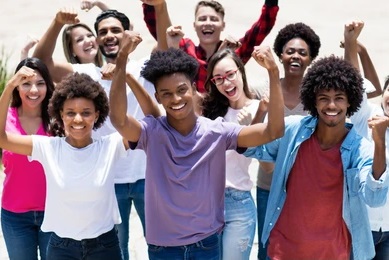

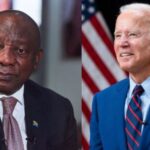




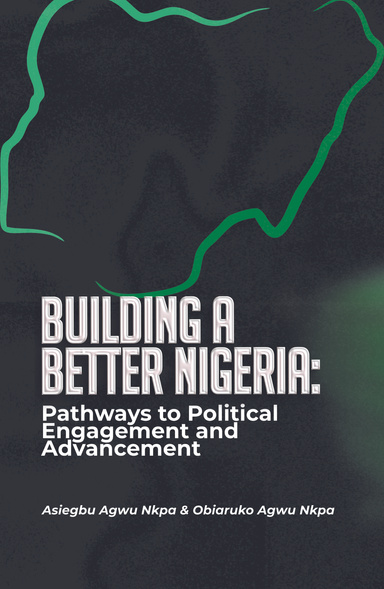
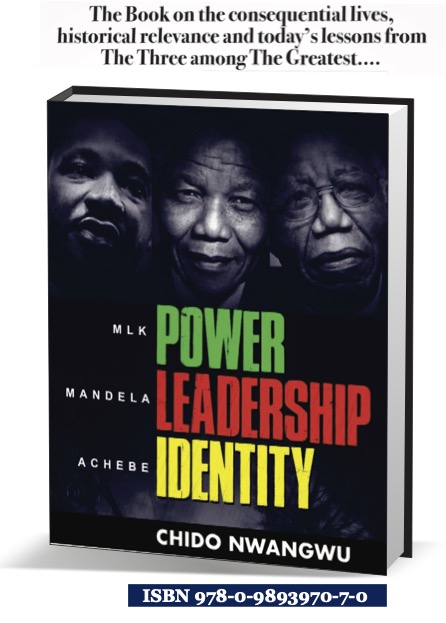


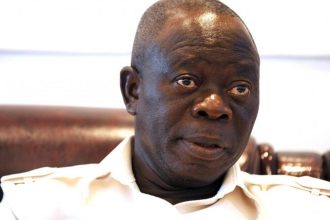
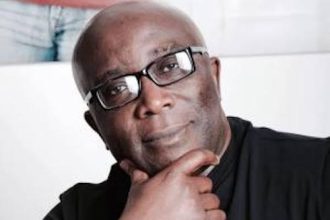


well done Raphael you did great
good job rathael